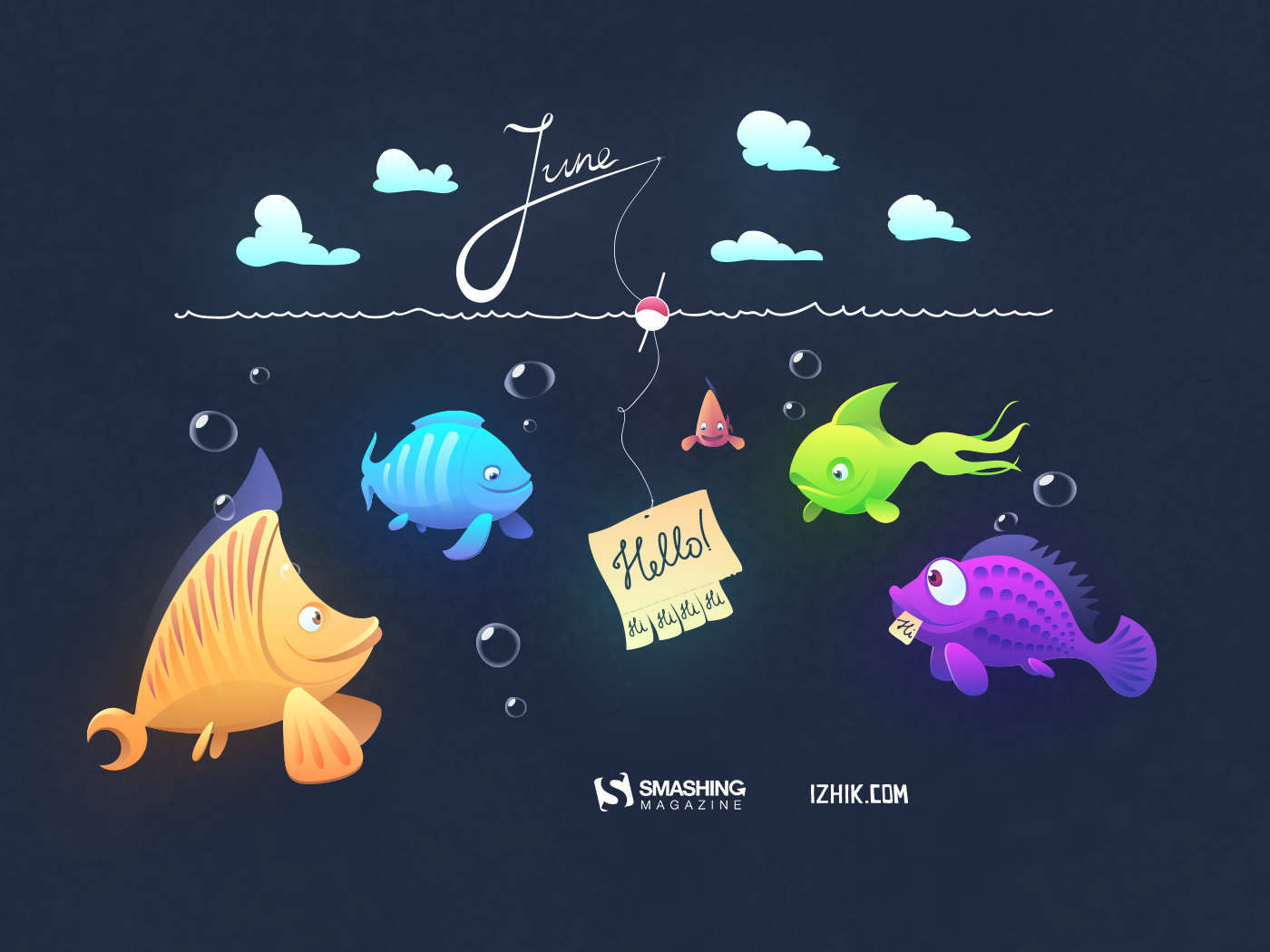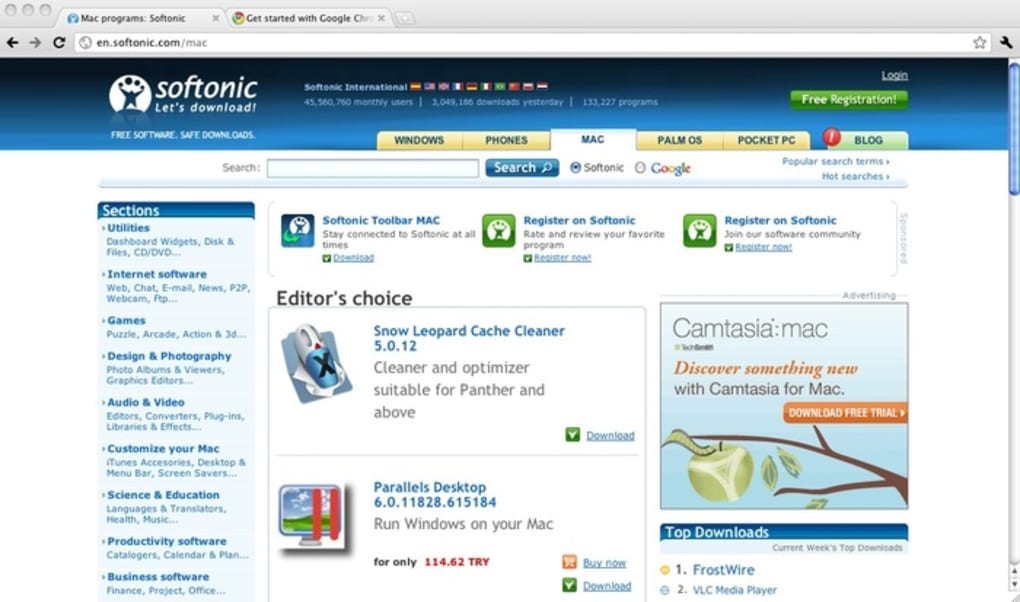

One of Chrome OS's signature features will, at some point, also be a part of Windows 11. Source: Microsoft (Image credit: Source: Microsoft) It's easier for a Windows 11 PC to feel a bit bogged down, but then it's also a lot more capable in terms of what you can actually get done. But the prettiness does hide some issues, like removal of features from the taskbar and Start menu, and under the hood, there are still a lot of background processes running even when you're doing absolutely nothing. Windows 11 is very similar to Windows 10 but with a more pleasing user interface. This is remarkable enough considering Chrome browser's RAM usage on Windows is a bit of a meme.

Android will use up a good chunk of system resources, so it should be disabled if you're not using it, but aside from that, it's a very lightweight and sprightly OS. The user interface is extremely streamlined, and there aren't many background processes bogging things down. This is particularly useful on touch-enabled devices.Ĭhrome OS has always been good for lighter needs and workflows, and that still continues today.

The taskbar, or "Shelf," can be used to pin favorite apps, just the same as Windows, but instead of a Start menu there's an app drawer. But Windows is still plagued by a mishmash of old and new, with legacy menus that still look fresh out of the Windows Vista area jarring to stumble upon.Ĭhrome OS, too, has evolved a lot over the years, and you could say it combines a traditional desktop experience with something you might find on a mobile device. It's a lot more pleasing to look at, with both smaller and larger details contributing to the overall effect. The two operating systems have their own visual identity, with Windows 11 getting a sizeable overhaul when compared to Windows 10. Source: Windows Central (Image credit: Source: Windows Central)


 0 kommentar(er)
0 kommentar(er)
